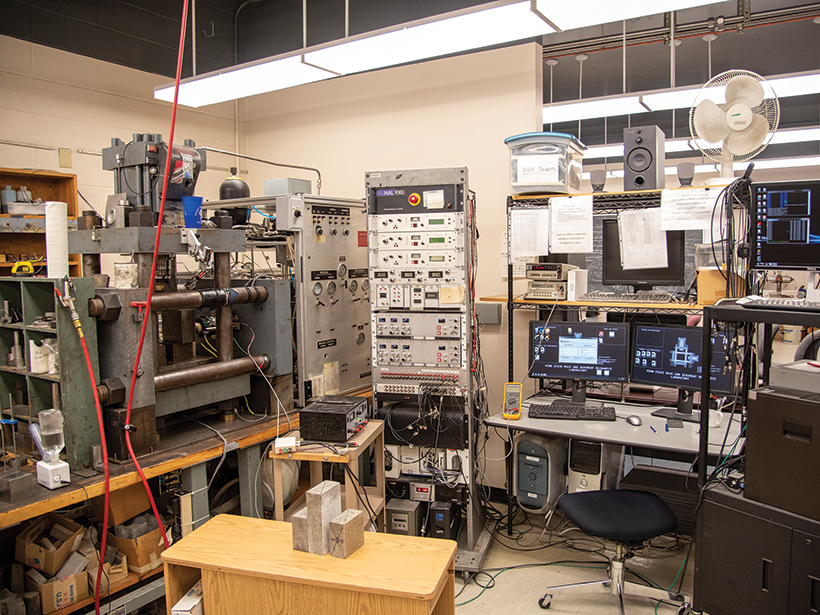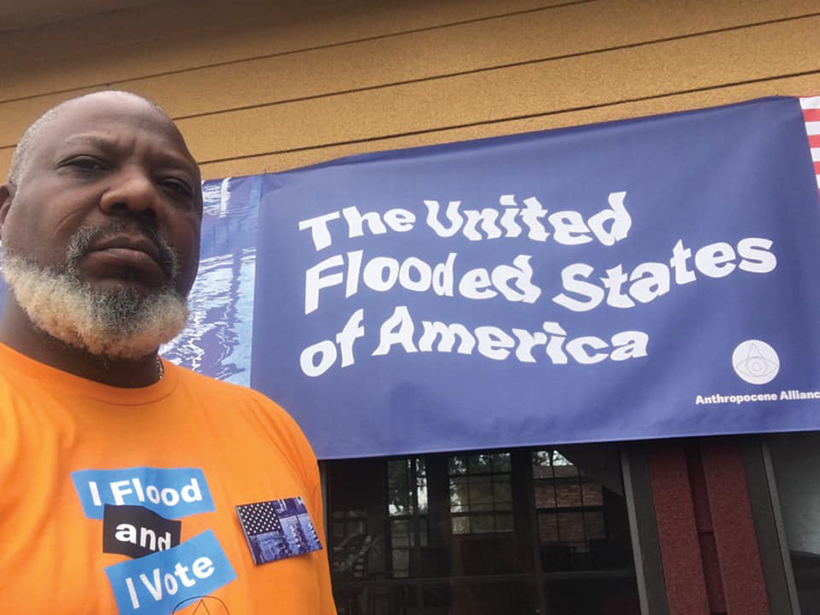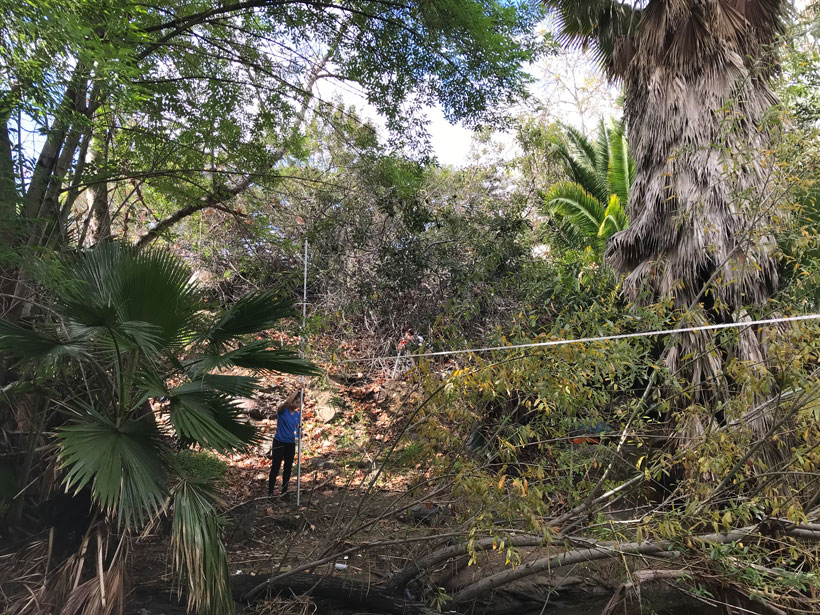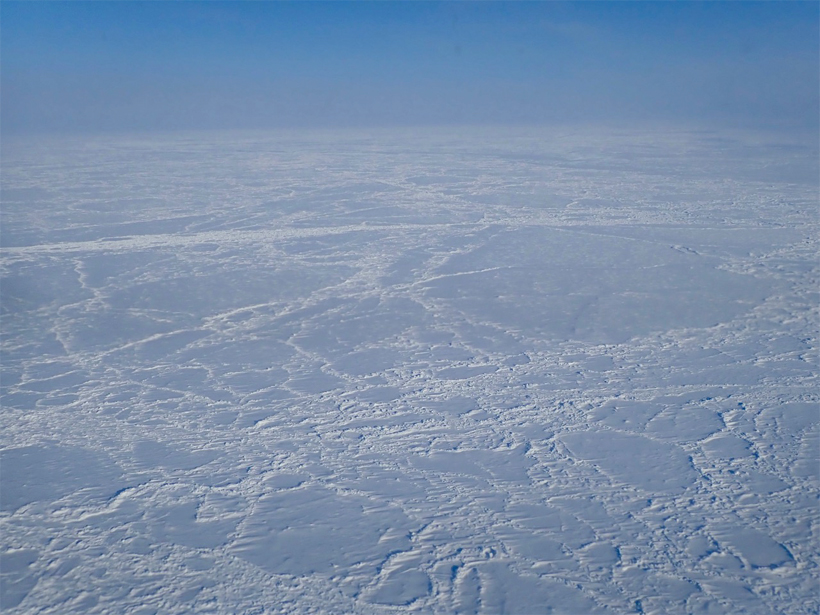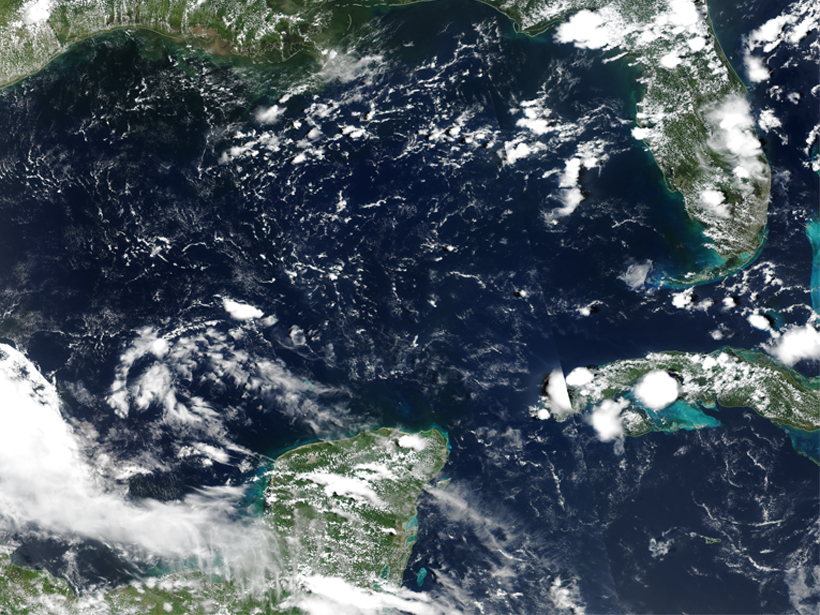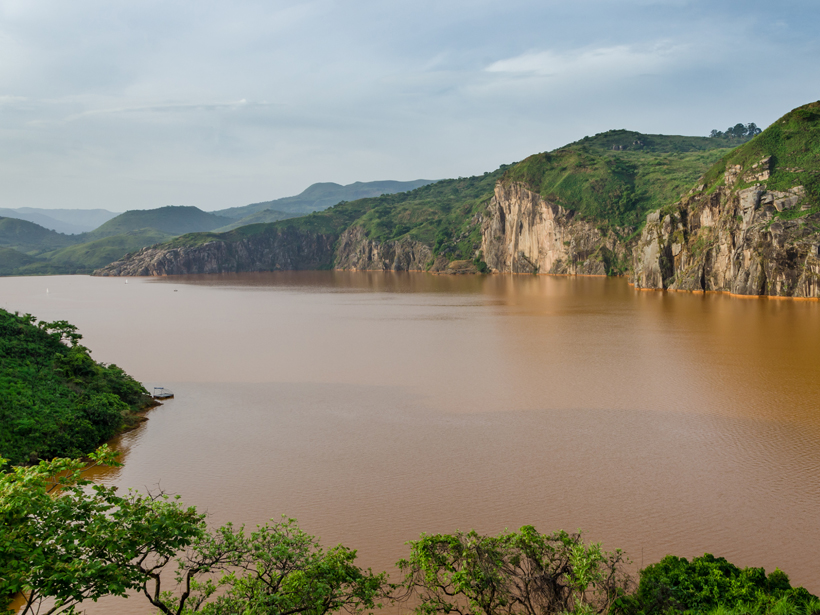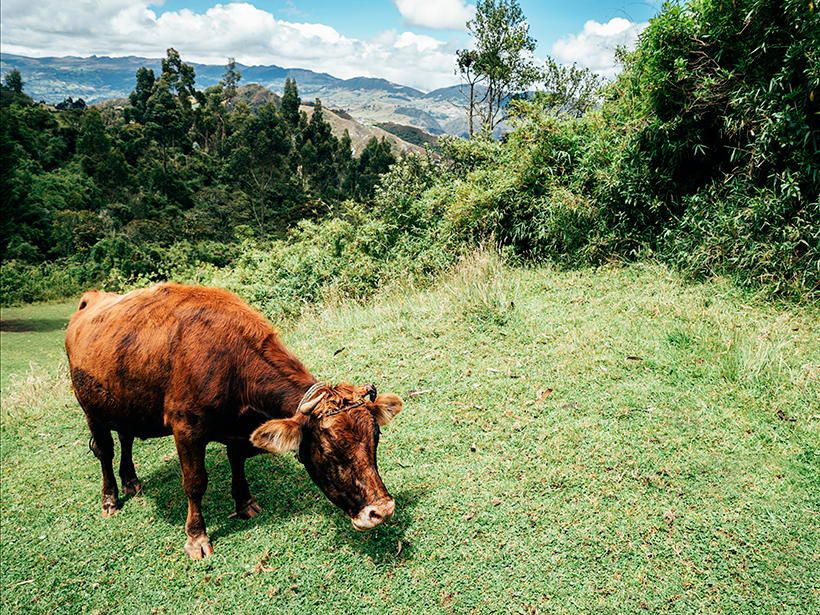Applying machine learning to subtle acoustic signals from an earthquake machine has revealed big clues about fault behavior in the lab.
CC BY-NC-ND 2019
Communities Thrive with Thriving Earth
As AGU celebrates 100 years, its Thriving Earth Exchange is setting a foundation for the future, partnering with community leaders to bring scientific solutions to pressing local issues.
Sea Caves Hold Clues to Ancient Storms
Sediments dug up from sea caves help reconstruct past climate, contributing to better storm predictions.
Iconic Palms Add to Fire Danger in Southern California
As fires burn across Southern California, researchers examine what role nonnative vegetation plays.
Three Times Tectonics Changed the Climate
Fifty years after the birth of modern plate tectonics theory, a group of researchers highlights three key examples of how our planet’s shape-shifting outer layer has altered our climate.
Filling the Gaps in Ocean Maps
A new software application merges ocean color data from instruments aboard two satellites to provide gap-free, near-real-time monitoring of the global ocean environment.
Lethal Volcanic Gases at an Italian Country Club
High levels of carbon dioxide and hydrogen sulfide emitted by volcanic outgassing caused a deadly accident near Rome, Italy, in 2011, geoscientists have shown.
Computers Tease Out Secrets of Jupiter’s Aurorae
Aurorae once classified by human eyes are now being sorted by machines. The change may help astronomers understand how the mysterious features are powered.
Some Communities Feel the Effects of Air Pollution More Than Others
A new study compares exposure to power plant emissions among communities based on race, income, and geography. Black Americans are most at risk.
How Conflict Influenced Land Use in Colombia
Researchers use new maps and statistical techniques to infer how armed conflict influenced land cover in the understudied Caribbean region of the country.

